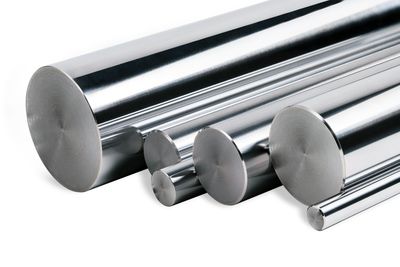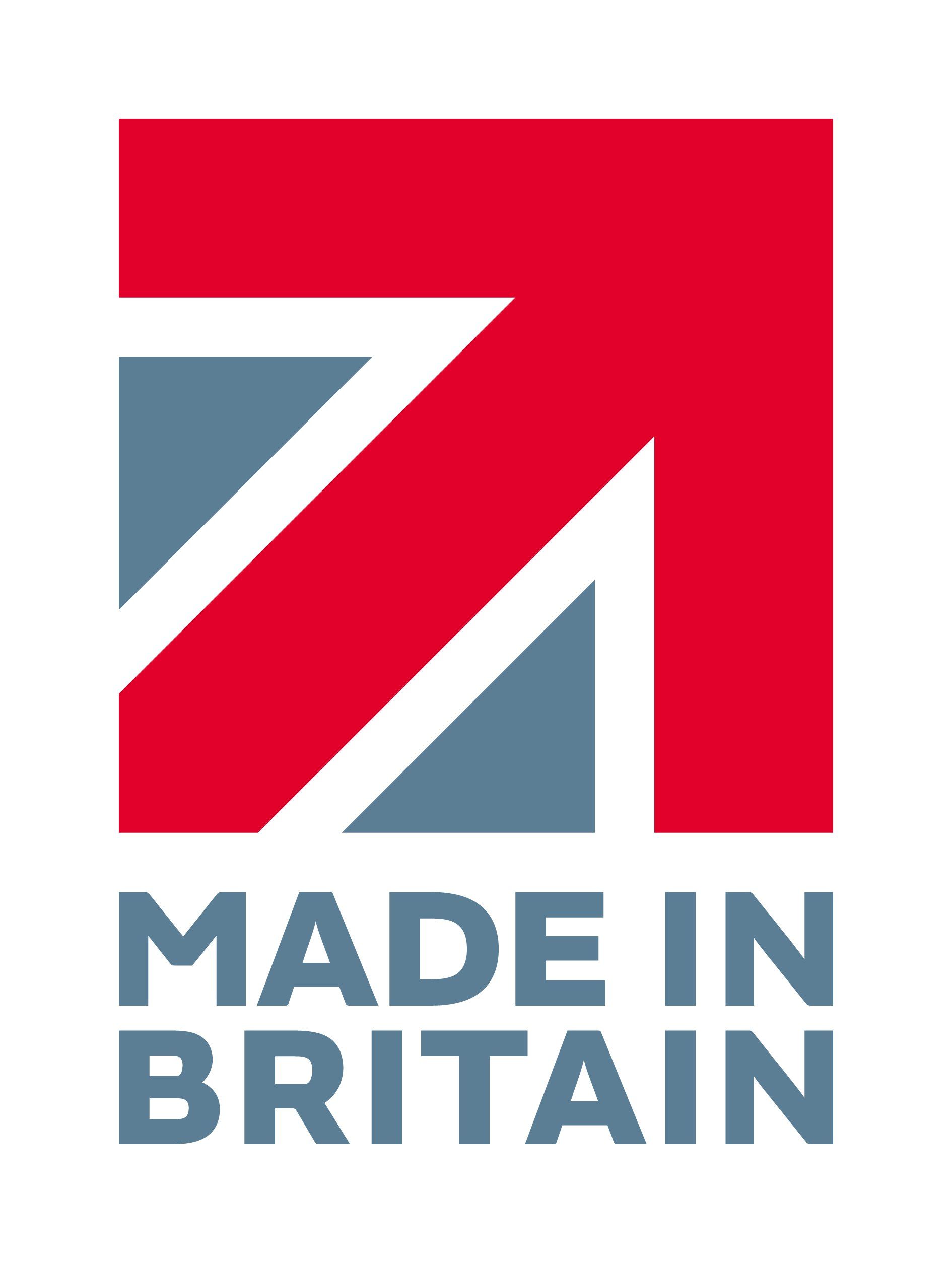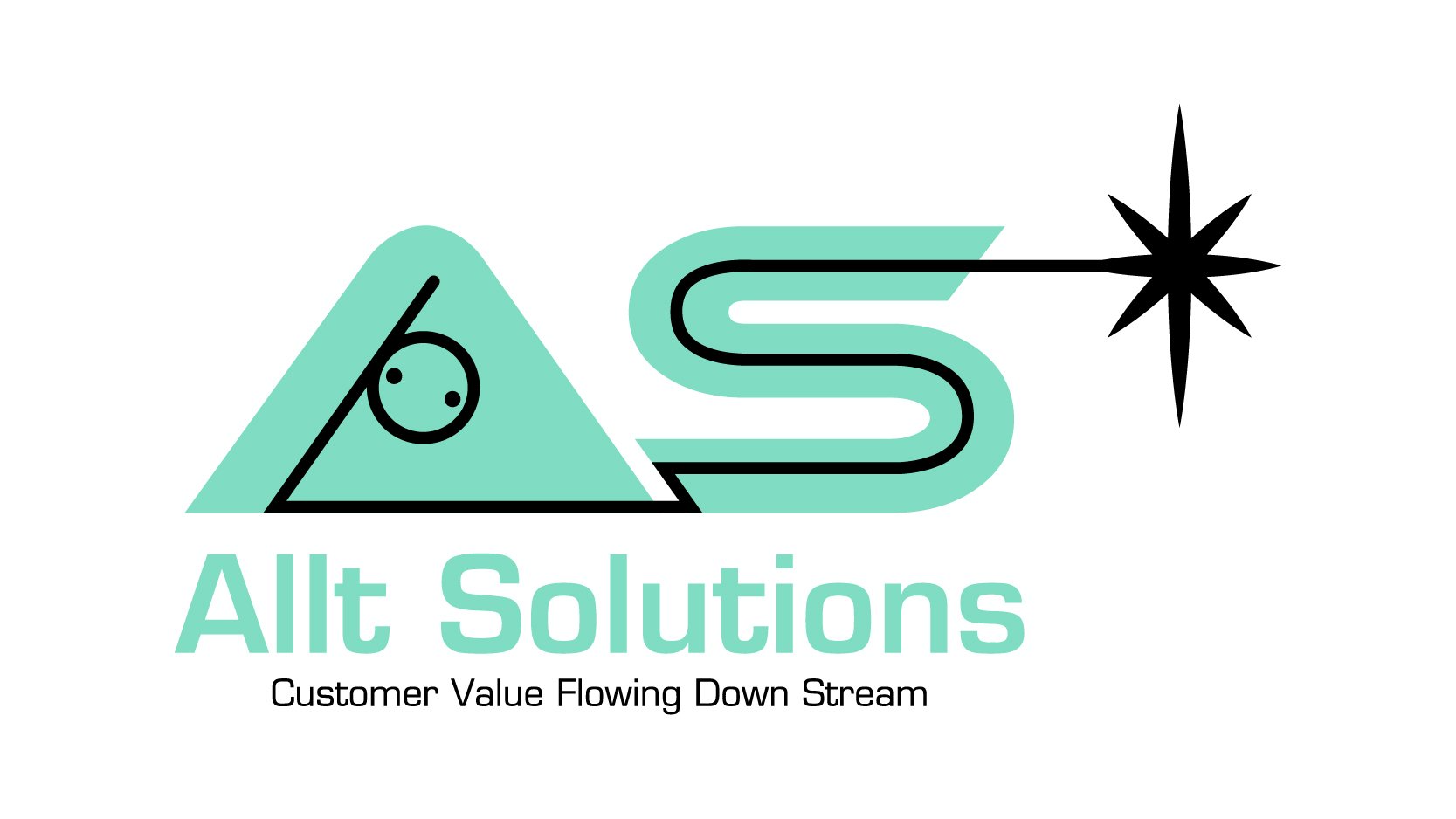Materials:It is extremely important that the correct materials are selected at the start of the design process. This can have a dramatic impact on the life of the Pig Nose, Snake Eye or 2-Hole fixings. Two key considerations must be taken into account during the selection process.
1.The location of the fixing, are they going to be inside or exposed to the weather. If the wrong grade is used such as 303 Stainless outside tarnishing and rust will appear very quickly.
2.Are the fixings going to be in any way load supporting or exposed to shock or damage. Consider the forces when supporting large glass panels.

Recommended Stainless Steels:
1.4305 Bar
Stainless steel type 1.4305 is popularly known as grade 303 stainless steel. Grade 303 is the most readily machineable of all the austenitic grades of stainless steel.
The machineable nature of grade 303 is due to the presence of Sulphur in the steel composition. Whilst the Sulphur improves machining, it also causes a decrease in the corrosion resistance and a slight lowering of the toughness. The corrosion resistance of type 303 is lower than that for 304. The toughness is still excellent as with other austenitic grades.
1.4301 Bar and Section
Stainless steel types 1.4301 and 1.4307 are also known as
grades
304 and 304L respectively. Type 304 is the most versatile and widely used stainless steel. It is still sometimes referred to by its old name 18/8 which is derived from the nominal composition of type 304 being 18% chromium and 8% nickel.
Type 304 stainless steel is an austenitic grade that can be severely deep drawn. This property has resulted in 304 being the dominant grade used in applications like sinks and saucepans.
Type 304L is the low carbon version of 304. It is used in heavy gauge components for improved weldability. Some products such as plate and pipe may be available as “dual certified” material that meets the criteria for both 304 and 304L.
304H, a high carbon content variant, is also available for use at high temperatures.
1.4401 Bar and Section
Stainless steel types 1.4401 and 1.4404 are also known as grades
316
and 316L respectively. Grade 316 is an austenitic grade second only to 304 in commercial importance.
316 stainless steel contains an addition of molybdenum that gives it improved corrosion resistance. This is particularly apparent for pitting and crevice corrosion in chloride environments.
316L, the low carbon version of 316 stainless steel, is immune to grain boundary carbide precipitation (sensitisation). This makes it suited to use in heavy gauge (over about 6mm) welded components.
For elevated temperature applications the high carbon variant, 316H stainless steel and the stabilised grade 316Ti stainless steel should be employed.
The austenitic structure of 316 stainless steel gives excellent toughness, even at cryogenic temperatures.
It is recommended that 303 Stainless is used internally while 316 Stainless is used externally. This however would need to be confirmed by the designer or architect.

